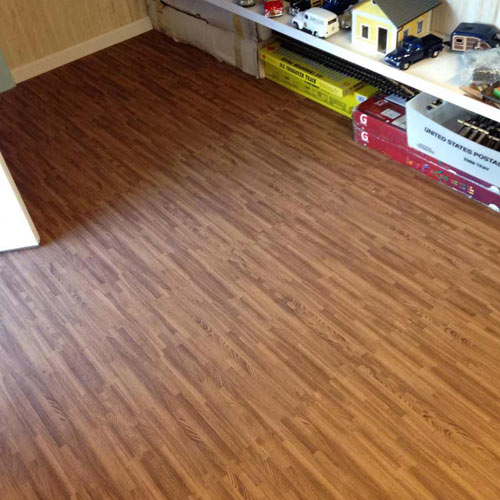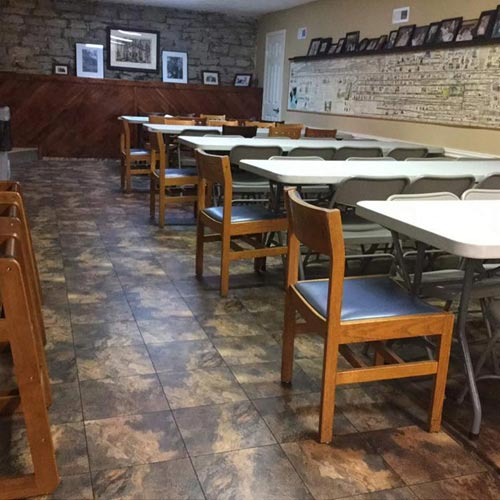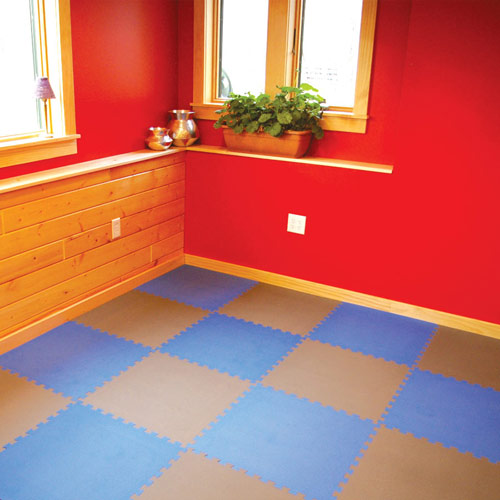Flooring Options Over Radiant Heat: Flooring Material Reaction
Related Product: Max Tile Raised Floor Tile 5/8 Inch x 1x1 Ft.
Benefits of Radiant Heating Systems
First of all, radiant heating systems disperse heat in a more uniform way. Air duct heating releases heat through the air in localized points, and then the hot air automatically rises. Often times, the floor will remain cold while head-height air is hot. In-floor heating, on the other hand, transfers heat at a slower, more uniform rate. Therefore, rooms will not have a disparity in temperature depending on location.Second, radiant heating systems create better indoor air quality. Forced-air heating picks up common household allergens like dust and dander and circulates them throughout the house. Radiant heat, on the other hand, does not facilitate allergens to stay airborne.
Energy efficiency is another major benefit of floor systems. In general, solid flooring surfaces transfer heat more efficiently than air and steam, and there is no heat lost through ducts. Further, solid surfaces maintain heat for longer than air, so floor heating systems can operate at a lower temperature.
Installing a Radiant Heating Safe Floor
So you have or are planning on installing a radiant heat system. Where do you go from there? If the system is embedded in a subfloor like concrete, you will absolutely want alternative flooring on top of that to provide increased comfort and beauty to your home. Perhaps you are just ready for a change in flooring. Either way, it's important to educate yourself on the way different flooring materials react to heat-exposure, and the way heat reacts in relation to different materials. Once you understand this, you can make an informed choice that will provide you with the most economical, comfortable and even stylish floor possible. Read on to learn more about the effects and safety of in-floor heating on different popular flooring materials.Hard Tiles
Porcelain, ceramic and stone tiles are the most highly recommended radiant heating safe floor. These materials conduct and hold heat more effectively than most other materials. Further, they will not expand and contract with changes in heat. The down side? These are some of the most expensive materials on the market.Wood
Wood is a popular flooring choice for many reasons. It's both homey and classy, and provides a great deal of comfort and style. However, wood is highly-susceptible to cracking and drying out when exposed to high temperatures. Wood can both expand and contract based on temperature.If you choose to use wood over an in-floor heating system, it's important to use laminated or engineered wood to avoid shrinkage and drying out. Further, leaving wood unattached to the subfloor will allow for expansion in the floor as an entire unit.




